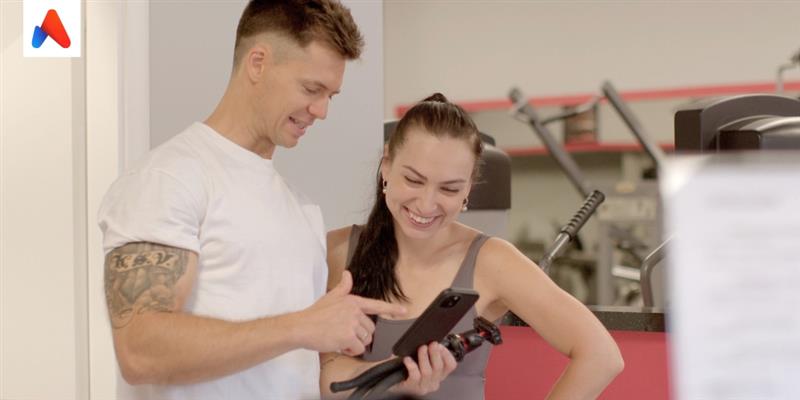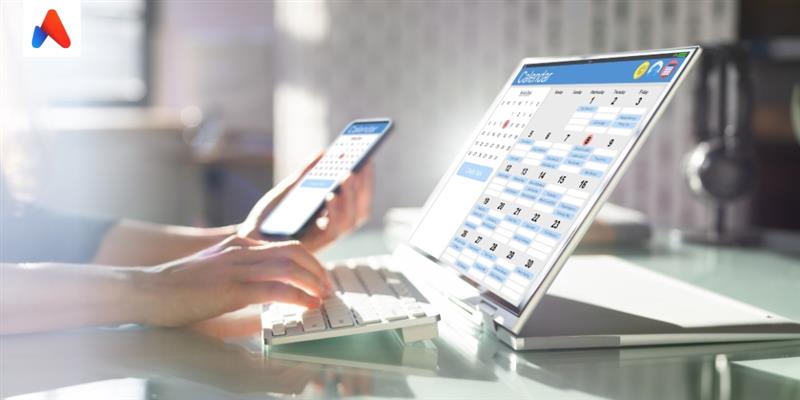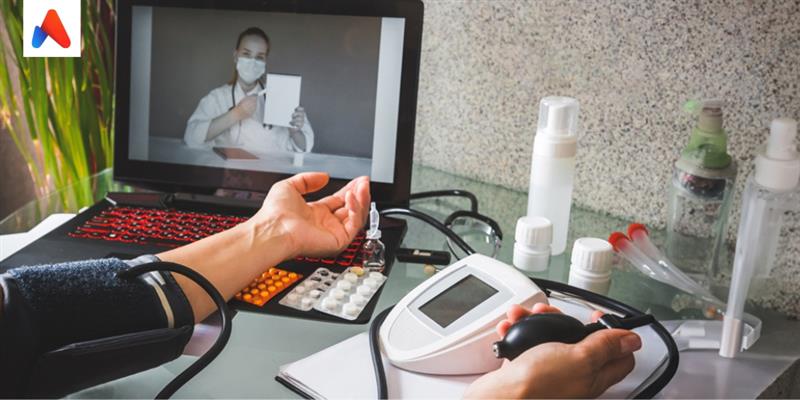Medication adherence has long been a challenge in healthcare. Studies consistently show that only about 50% of patients with chronic conditions take their medications as prescribed, leading to an estimated $300 billion in avoidable costs each year in the U.S. alone (CDC). For pharmacies, these missed refills don’t just represent lost revenue—they often translate into poorer patient health outcomes, higher hospital readmission rates, and reduced trust in providers.
Automated refill reminders are one of the most practical, scalable solutions available today. When designed thoughtfully, they help patients stay on track with their therapies, reduce prescription abandonment, and improve pharmacy–patient relationships. Below are five strategies that pharmacies can adopt to get the most value from automated reminder programs.
1. Use Omnichannel Outreach for Maximum Patient Reach
Patients vary in their preferred methods of contact. Some rely on text messages, others prefer emails, and many still appreciate a personal phone call. Limiting reminders to a single channel often means missing large patient groups.
A 2023 Patient Preference and Adherence study found that multi-modal communication improved refill rates by over 20% compared to single-channel reminders. This means pharmacies should adopt an omnichannel approach—leveraging SMS, interactive voice response (IVR), phone calls, and emails.
Omnichannel reminder systems also make it easier to reach patients who may switch communication preferences over time. For example, a younger patient may prefer SMS while an older patient may respond better to a live-agent call. Meeting patients where they are reduces the chance of missed refills.
2. Personalize the Reminder Experience
Generic reminders like “Your prescription is due” are easy to ignore. Patients respond better when reminders include details that make the outreach relevant. For example:
- Patient’s name
- Medication name and dosage
- Clear instructions on what to do next
This type of personalization makes the reminder both actionable and trustworthy. In fact, research from McKinsey shows that 71% of consumers expect personalized interactions, and personalization in healthcare is increasingly linked to improved outcomes.
Pharmacies that invest in personalization—while maintaining HIPAA compliance—build stronger trust with their patients. For example, reminders can highlight the importance of the medication for a specific condition or note the benefits of adherence.
3. Simplify the Process of Confirming Refills
Sending a reminder is only half the battle. Patients also need a simple, straightforward way to act on it. If they have to call during business hours, navigate lengthy IVR menus, or wait on hold, many will abandon the process altogether.
Instead, pharmacies should design frictionless response options:
- Two-way SMS: Patients can confirm refills by replying “YES.”
- IVR shortcuts: Patients can press a single number to confirm a refill or request delivery.
- Agent assistance: Complex cases can be escalated quickly to a live agent.
Pharmacy Times reports that simplifying the refill process can improve adherence by up to 40%. The easier it is for patients to respond, the more likely they are to complete their refill on time.
4. Use Reminders as Educational Touchpoints
Non-adherence is not always caused by forgetfulness. Many patients skip refills because of cost concerns, side effects, or because they don’t understand the importance of continued therapy.
Automated reminders can serve as micro-education tools. For example:
- Highlighting how adherence reduces risks of complications (“Taking your blood pressure medication daily lowers the risk of stroke by 45%”).
- Providing tips to manage side effects.
- Offering links to patient assistance programs for cost support.
The American Heart Association notes that education, combined with reminders, is more effective in improving adherence than reminders alone. Pharmacies that add value beyond “don’t forget your refill” foster stronger patient relationships and long-term loyalty.
5. Track Results and Continuously Optimize
One of the most important strategies is to measure the performance of reminder programs. Pharmacies should track:
- Delivery rates (How many reminders are successfully reaching patients?)
- Engagement rates (How many patients are opening, responding, or confirming refills?)
- Completion rates (How many patients actually pick up or receive their medication after the reminder?)
Advanced reporting also enables the identification of high-risk patients—those who consistently miss refills—and the creation of targeted follow-up strategies.
Contact centers like Ameridial support pharmacies by providing real-time dashboards and analytics. These tools enable pharmacies to identify where reminders are effective and where strategies require refinement, thereby creating a cycle of continuous improvement.
Conclusion: Better Reminders, Better Outcomes
Improving medication adherence requires more than just reminding patients—it necessitates a strategic blend of outreach, personalization, simplicity, education, and data-driven optimization. Automated refill reminders, when implemented in conjunction with these strategies, can significantly reduce prescription abandonment and promote healthier patient outcomes.
For pharmacies, that means fewer missed refills, improved patient loyalty, and better business performance.
Ameridial’s HIPAA-compliant pharmacy contact center solutions help pharmacies design, launch, and optimize automated refill reminder programs—scalable, secure, and effective.








